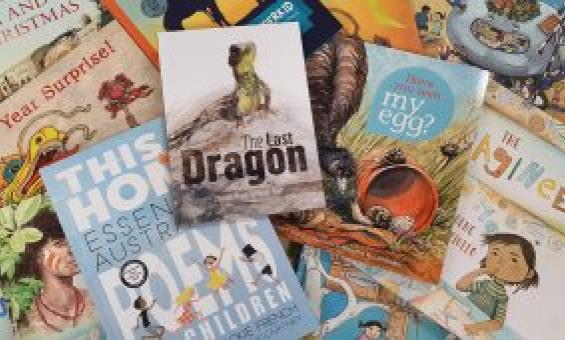Digital Classroom
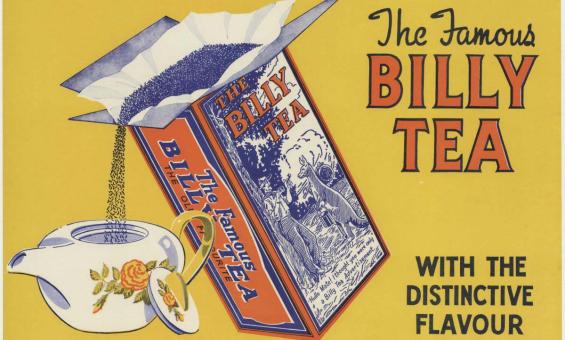
(1930). The famous Billy Tea : with the distinctive flavour, nla.gov.au/nla.obj-138235161
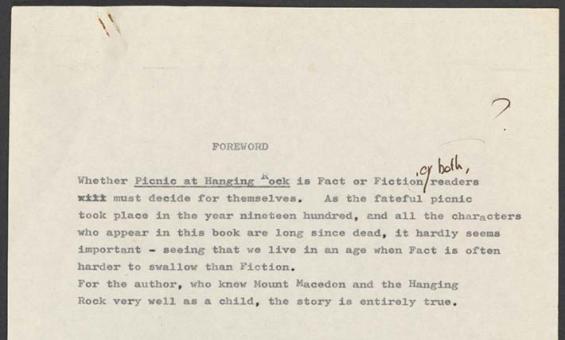
Joan Lindsay & Andrew Fabinyi, Typescripts, [ca. 1967], nla.gov.au/nla.obj-573778720
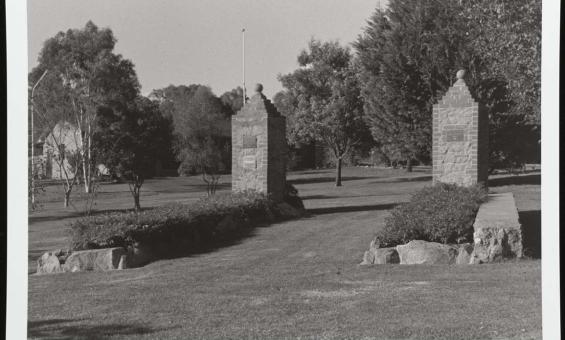
Brendon Kelson, Garrison Gates Memorial (former entrance to POW camp), Binni Creek Road, Cowra, 1996, nla.gov.au/nla.obj-143115748

Convict uniform and two caps [realia], 1830, nla.gov.au/nla.cat-vn2398685

Convict uniform and two caps between 1830 and 1849, nla.gov.au/nla.obj-139411772
A secondary punishment uniform from the transportation era, coloured to distinguish continuing offenders. Hand stitched. From Van Diemens Land.

The Earl of Elgin's entrance into Pekin on the 24th of October last to sign the Treaty of Peace between Great Britain and China / sketched by our special artist from the An-Tin Gate (Gate of Peace) of the Tartar Quarter, 1861, nla.gov.au/nla.obj-128383685
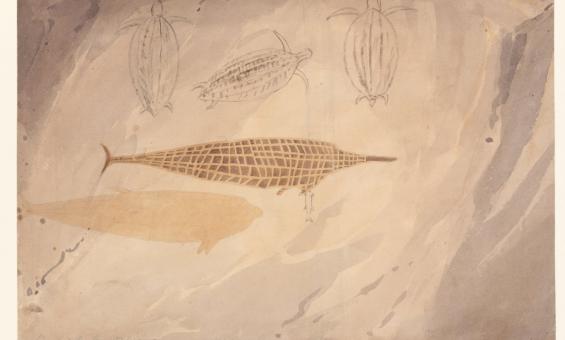
William Westall, Chasm Island, native cave painting, 1803, nla.gov.au/nla.obj-138890494

Australian Consumers' Association, Colour TV: what to look for when buying a set, 1977, nla.gov.au/nla.cat-vn1285282
![A yellowed sheet of paper with the headline '[Co]nventional Lies of the Anti-Federal Party'. The 'C' and 'O' of the word 'conventional' is missing as the corner of the page has been torn off. The very small text is set out in four columns](https://www.library.gov.au/sites/default/files/styles/related_event/public/images/2024-11/collection-manuscript-lies-anti-federal-nla-obj-135107257.jpg?h=c6b67ce7&itok=VAE6EGZW)
(1899). Conventional lies of the Anti-Federal Party, nla.gov.au/nla.obj-135107257
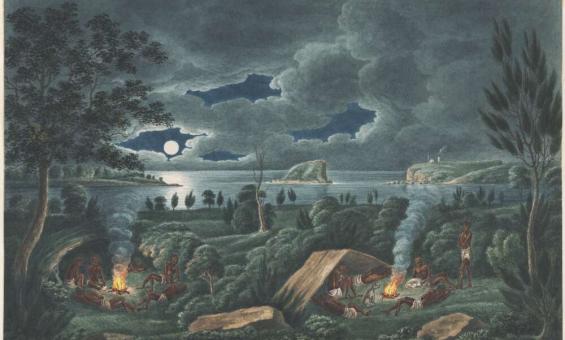
Joseph Lycett, Aborigines resting by camp fire, near the mouth of the Hunter River, Newcastle, New South Wales, 1817, nla.gov.au/nla.obj-138500420
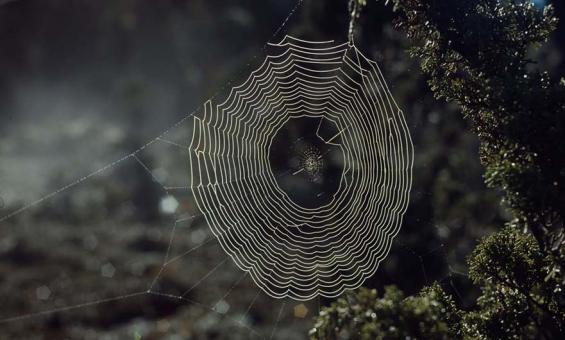
Peter Dombrovskis, Spiderweb detail, Cradle Mountain, Cradle Mountain-Lake St Clair National Park, Tasmania, 1986, nla.gov.au/nla.obj-151194004
